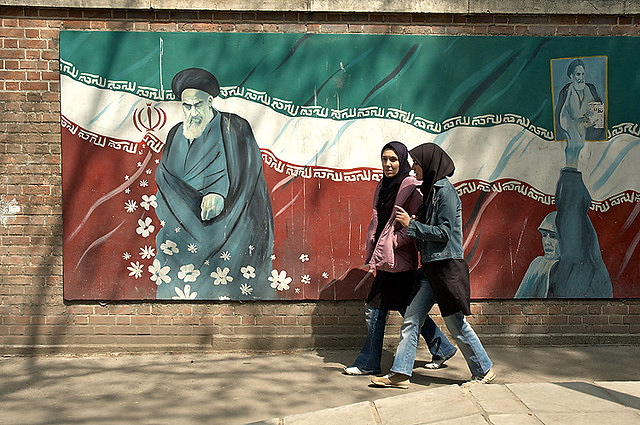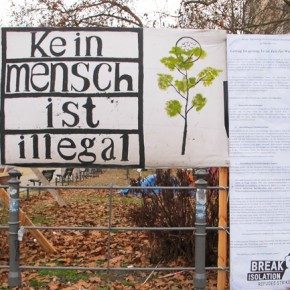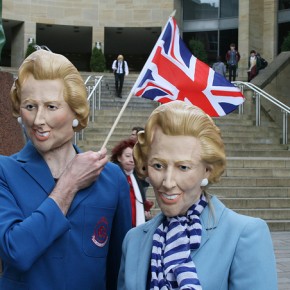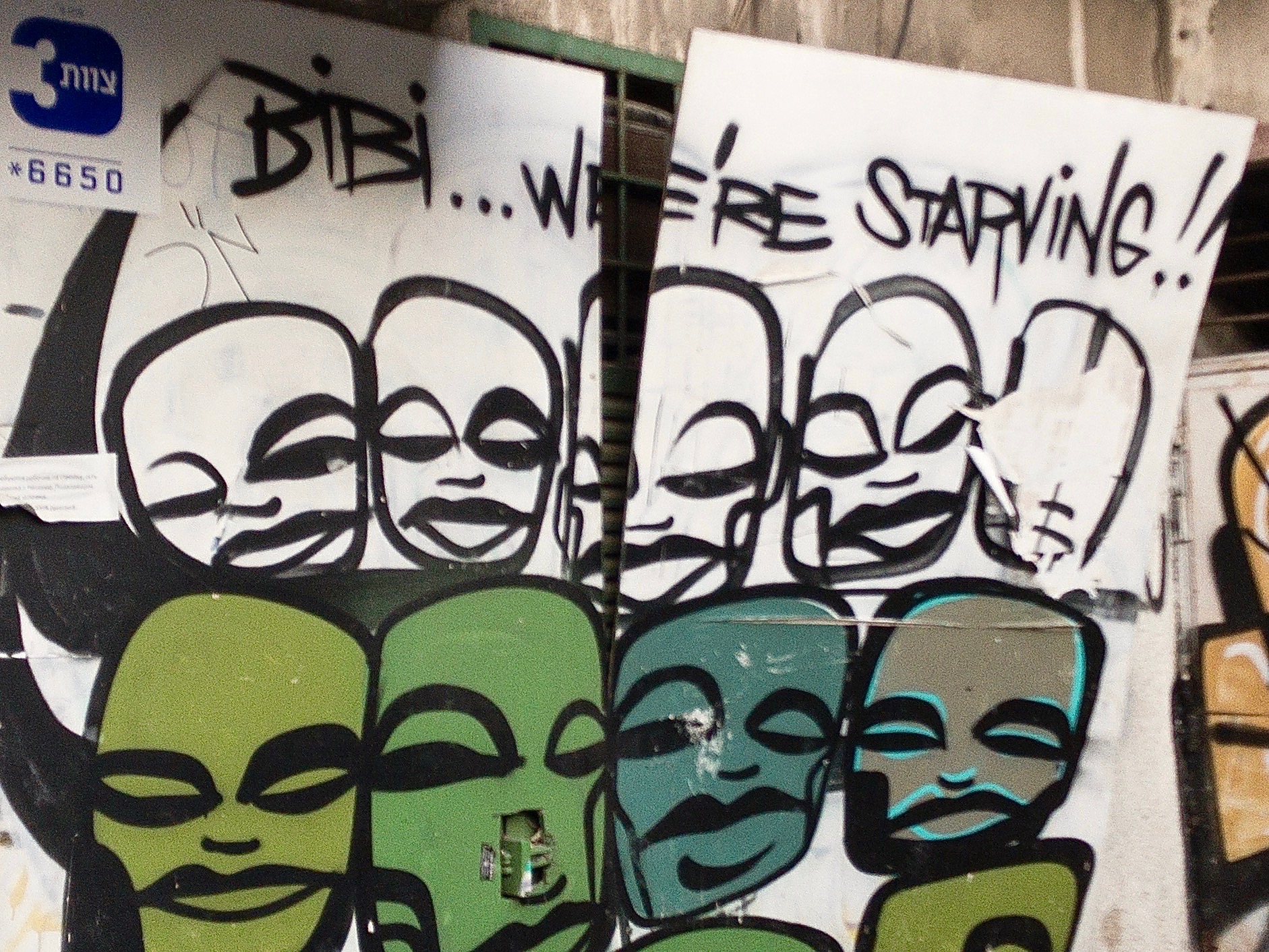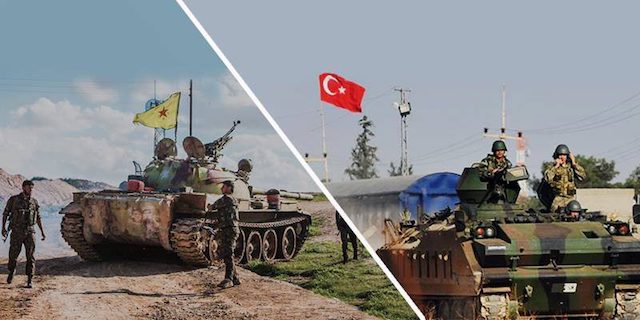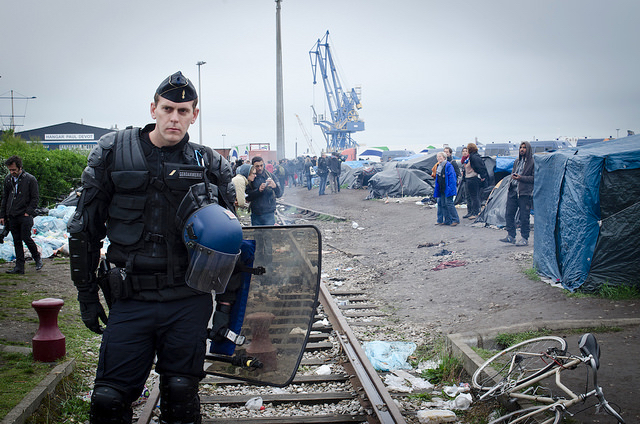The Shah inspired a new kind of pluralism. Nationalism, secularism, Islam and communism all fed off the resentment fostered by the Pahlavi regime. “What became the Islamic Revolution occurred because a coalition of many shades of political opinions took to the streets, demanding a share in decision-making and a better distribution of wealth,” observed Asef Bayat.
On the one hand, widespread education, the expansion of communications technologies, and the erosion of the social position of the clergy nurtured secularism, and also intellectualized youth, who were were seeking a modern life. On the other, the poor, who were more religious, joined the revolution when the Islamic institutions promised them a better economic situation and justice. Also, the migration of a large population of people from other cities and villages seeking a better quality of life resulted in the transformation of Tehran. The Iranian capital became a city of strangers. Islamic ideology and revolution brought these strangers together and forged a collective, albeit temporary identity.
In 1979, one of the biggest social and political movements in Iranian history formed in opposition to the monarchy and Mohammad Reza Shah’s government. The revolution that took place that year changed the political system, and along with it, Iranian society and culture. The new regime, the Islamic Republic of Iran, based itself on adherence to Islamic principles in politics, economy, and everyday life. For the Islamic government, religion and politics were inseparable. Therefore, the state was opposed to the nationalism and secularism of the Pahlavi’s government. It established an Islamic society under the supervision and leadership of “Velayat-e Motlaghe-e Faghih,” the supreme leader of the Islamic revolution, and the clergy.
According to the new regime, Islam was not just the dominant religion of the country, but also its governmental legislation, which dramatically impacted Iranian social life. After the 1979 Revolution, new sets of political relationships had to be established and transform the existing power structure and symbolism, but this was still not sufficient to guarantee democratic practice. After the revolution, urban policies and strategies changed. The city, writ large, was representative of a new government and new ideology. Therefore, the state used different strategies to deface and erase public memory of thePahlavi period, creating and propagating their own memories, instead. All monuments and memorials reminiscent of the previous regime were torn down and destroyed. Also destroyed were buildings considered to be against Islamic principles, such as bars, clubs and cinemas, and other spaces for social gathering. This was all part in parcel of an Islamization of public space, which went so far as to establish mosques in places of public gathering.
This process continued with the renaming of all of Tehran’s streets that harkened back to the glory of the monarchy. In their place, the Islamic government renamed streets in accordance with the Islamic and revolutionary ideologies of the 1979 Revolution. Some examples that show how the government changed the names of the streets include: Sepah (Army) Sq. to Emam Khomeini Sq., Valiahd (Prince) Sq. to Valiasr (a religious clergy) Square, 24th Esfand Sq to Revolution Sq., Shahyad (kingdom) to Azadi (Freedom) Sq., Mohammad Reza Shah Sq. to Islamic Republic Sq., Kennedy Sq. to Tohid (a religious term) Sq., Kakh (Palace) Sq. to Palestine Sq., 28th Mordad Sq to Esteghlal (Independence) Sq.

However, the generation that led the revolution still referred to these streets by their old names. Logically, they had difficulty re-identifying them, according to the ideological requirements of the Islamic state. Instead of enabling Tehran’s residents to adapt themselves to the new religious order, this had the effect of estranging Tehran’s residents from the city that they had once belonged to.
In the years immediately following the 1979 Revolution, disagreement and confrontation occurred regularly between the groups who had led it, such as the communists, the nationalists, and the religious leadership who established the Islamic Republic. Strikes and protests against the new government were common. As a result, from the very beginning of the new regime, public spaces that had previously been leveraged for revolutionary purposes were brought under the government’s control. Also, because of the new Islamic rules and ideology, social activities were now considered state business. Gender segregation in certain public spaces imposed limitations on men and women’s interactions. As time passed, state restrictions and controls became more severe. Once-open social activities retreated into the closed space of the home, in silence. During this period, government repression extended itself from the political domain to the personal.
Consequently, urban planning policies aimed at controlling both public space and social life. In each presidential term, these policies differed in relation to the extent of freedoms and controls over public spaces. One of the attempts of the Islamic government to democratize and decentralize state urban policies was to form a representative City Council, and each mayor had his own agenda for policies. For instance, in Tehran Mayor Gholamhossein Karbaschi‘s term, his urban planning department established a six-point program to produce a clean city, a moving city, a green city, a cultural city, a dynamic city, and a traditional-modern city. He valued urban life, but this position was not acceptable to the political echelon, and his policies made the Islamic government feel insecure. On the other hand, during the term of Mayor Mahmoud Ahmadinejad, most cultural institutions were closed, and public activities were highly restricted.
By the time Mohammad Khatami was elected in 1997, however, there were strong political pressures for liberalization. Elements within Iran’s political leadership were sympathetic. For example, President Khatami’s Reform Strategies and idea of “Dialogue Among Civilizations” opened up the space for freedom of expression in the public sphere, particularly for journals, newspapers and weblogs. Whereas the Islamic Republic had held tight central control over the state system, an emerging neoliberal-democratic faction spurred a restructuring of state activities at international and local scales. This is not to say that the central state system had become irrelevant. However, the Khatami faction has argued for the necessity of redrawing the scales of governance.
Khatami’s leadership helped inspire the Iranian Reform Movement, also known as 2nd of Khordad Front. who supported the President’s plans to change the system to include more freedom and democracy. Iran’s “reform era” lasted from 1997 to 2005, the length of President Khatami’s two terms in office. Unfortunately, public support for his policies, Khatami’s strategies remain still subject to the violence and objection of fundamentalists within the political establishment, which resulted in the censoring and closing of reformist media and the arresting of some of the reformers and supporting students who had been criticizing government policies.
Photographs courtesy of Kamshots and Cazzjj. Published under a Creative Commons license.
